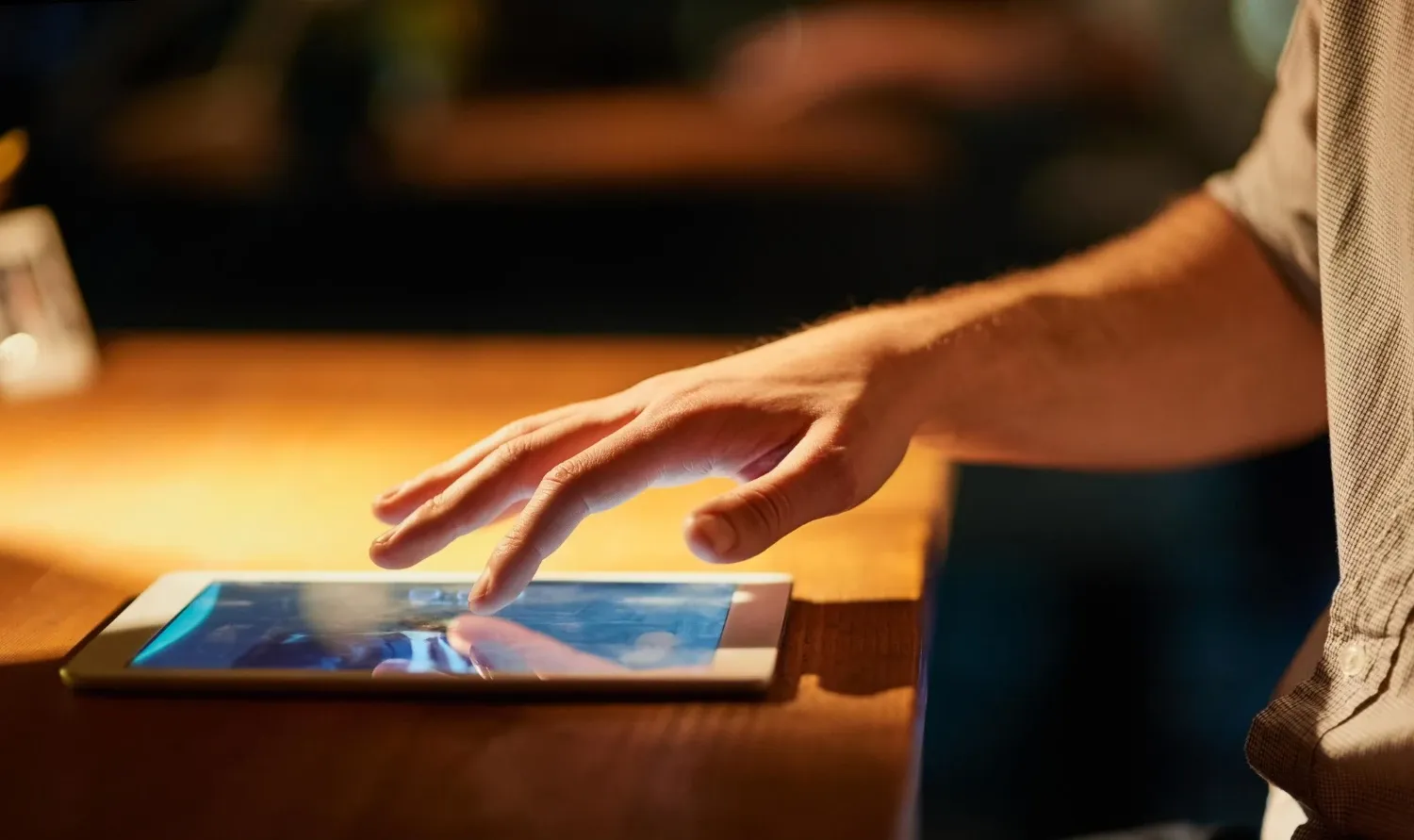
Mapping touch or trackpad gestures to custom shortcuts transforms everyday interactions into powerful productivity boosters. Instead of navigating menus or memorizing complex key combinations, you can define intuitive gestures—such as swipes, taps, or circular motions—to launch apps, control windows, or execute multi-step workflows. By building a personal gesture library and scripting the actions behind each movement, you streamline repetitive tasks and reduce friction in your digital routine. In this post, we’ll walk through the benefits of custom gesture shortcuts, guide you through setting up a gesture library, show you how to script complex actions, and share best practices to keep your system reliable and conflict-free.
The Productivity Payoff of Gesture Shortcuts

Custom gesture shortcuts leverage muscle memory and spatial awareness to speed up interactions. When you assign a three-finger swipe down to mute audio or a two-finger circle to open your calendar, your hands no longer need to hunt for toolbar icons or remember key sequences. Over time, these gestures become second nature, shaving seconds off each task and reducing cognitive load. The result is a smoother workflow, as actions like launching a communication app, toggling focus mode, or pasting standardized text snippets happen with a single intuitive motion. Whether you’re coding, designing, or writing, these lifehacks help you stay in the flow by keeping your hands on the trackpad or touchscreen and your attention on your work.
Defining and Organizing Your Gesture Library
Begin by auditing your most frequent tasks and grouping them by category—navigation, communication, window management, and automation. Choose a gesture mapping tool compatible with your platform (such as BetterTouchTool on macOS or GestureSign on Windows) and create a central library where each gesture corresponds to a unique identifier. Start small: map simple gestures like two-finger taps for basic commands, then gradually introduce more elaborate patterns for complex actions. Use clear naming conventions—“ThreeFingerLeft” or “CircleClockwise”—so you can easily recall and modify your library later. By organizing gestures logically and avoiding overlaps, you prevent misfires and ensure that each motion reliably triggers its intended shortcut.
Scripting Multi-Step Actions Behind Gestures
Once your library is defined, it’s time to script the behaviors each gesture invokes. Many mapping utilities allow chaining multiple commands—open an application, wait for it to launch, navigate to a specific menu, and even insert text or run shell scripts. For example, a four-finger swipe up could launch your email client, compose a new message, and populate a template greeting. On Windows, integrate with PowerShell or AutoHotkey; on macOS, hook into AppleScript or Automator. Test each sequence step by step to catch timing issues or focus conflicts. By encapsulating these routines in scripts, you turn a single gesture into a powerful macro that saves time and enforces consistency across repeated workflows.
Best Practices for Reliable Gesture Automations

To keep your gesture shortcuts running smoothly, follow a few key lifehacks. First, choose gestures that are distinct and unlikely to occur during normal navigation—this minimizes accidental triggers. Second, avoid mapping multiple commands to similar motions; dedicate each gesture to a single action or clearly defined sequence. Third, implement logging or on-screen notifications within your scripts to confirm execution and help troubleshoot failures. Periodically back up your gesture configurations and scripts, especially before updating your OS or mapping tool. Finally, revisit and refine your library every few weeks: retire underused gestures, adjust timings, and incorporate new tasks as your workflow evolves. With these maintenance routines in place, your custom gesture shortcuts will remain a seamless, high-impact lifehack for years to come.





Leave a Reply